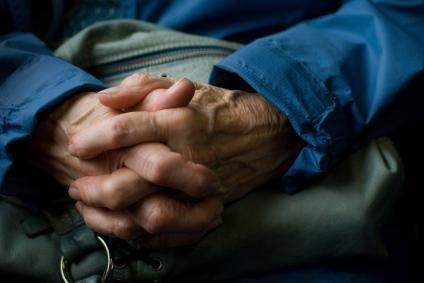
Why Black Americans Receive Less Hospice
A large body of research connects timely use of hospice with a long list of benefits. Benefits include improved symptom control, better mental health outcomes for family members, improved survival for patients and widows, and reduced costs for patients and payors. Despite growth in hospice use and patient-preferred deaths at home, researchers continue to find racial disparities. In August, the Journal of the American Medical Association published the most current study confirming that black Americans are far less likely than whites to use hospice.1 In this article, Katherine Ornstein, PhD, MPH and her research colleagues quantify the disparity and explore possible causes.
Black and White Differences in End-of-Life Care
Ornstein et al. report that white Americans use three or more days of hospice care in 46.2% of deaths, while black Americans use hospice 34.9% of the time. This affects overall care in ways that are costly and not in keeping with general preferences. Most people report that they want less invasive care at the end of life.2 However, in the last six months of life, black Americans prove 35% more likely to have multiple emergency department visits, 35% more likely to have hospitalizations, and 94% more likely to undergo intensive treatment. Interestingly, Ornstein et al. find that these differences do not exist in cancer care. Racial disparities in the intensity of care come from non-cancer diagnoses.
Reasons Black Americans Receive Less Hospice
The work of Ornstein and colleagues was not structured to detect reasons for the disparities. However, previous research supports several possible causes.
- Lack of Trust: Lack of trust in the medical system correlates with an unwillingness to forgo curative treatments.3 That same lack of trust correlates with an increased use of the emergency department for usual care. Medicare only pays for hospice while patients are not pursuing treatments intended to cure the disease. Various medical societies and accreditation bodies maintain that ending aggressive treatments before death is a quality assurance standard.
- Communication Problems: Discrepancies between what doctors try to communicate and what patients take away from those meetings may interfere with informed end-of-life planning. Specific communication gaps have been documented.4,5
- Cultural Differences: In research out of Johns Hopkins, Zara Cooper and colleagues find support for the idea that cultural and spiritual differences may play an important role in choosing aggressive treatments even when the likelihood of positive outcomes is remote.6
- Access: Socioeconomic factors may limit access to quality end-of-life care.5
References
- Ornstein KA, Roth DL, Huang J, Levitan EB, Rhodes JD, Fabius CD, Safford MM, Sheehan OC. Evaluation of Racial Disparities in Hospice Use and End-of-Life Treatment Intensity in the REGARDS Cohort. JAMA Network Open. 2020 Aug 3;3(8):e2014639-.
- Silveira MJ, Kim SY, Langa KM. Advance directives and outcomes of surrogate decision making before death. New England Journal of Medicine. 2010 Apr 1;362(13):1211-8.
- Degenholtz HB, Thomas SB, Miller MJ. Race and the intensive care unit: disparities and preferences for end-of-life care. Critical Care Medicine. 2003 May 1;31(5):S373-8.
- White-Means SI, Osmani AR. Racial and ethnic disparities in patient-provider communication with breast cancer patients: evidence from 2011 MEPS and experiences with cancer supplement. INQUIRY: The Journal of Health Care Organization, Provision, and Financing. 2017 Aug 30;54:0046958017727104.
- Hong M, Yi EH, Johnson KJ, Adamek ME. Facilitators and barriers for advance care planning among ethnic and racial minorities in the US: A systematic review of the current literature. Journal of Immigrant and Minority Health. 2018 Oct 1;20(5):1277-87.
- Cooper Z, Rivara FP, Wang J, MacKenzie EJ, Jurkovich GJ. Racial disparities in intensity of care at the end-of-life: are trauma patients the same as the rest?. Journal of Health Care for the Poor and Underserved. 2012;23(2):857-74.





